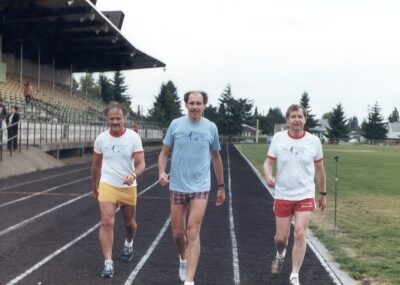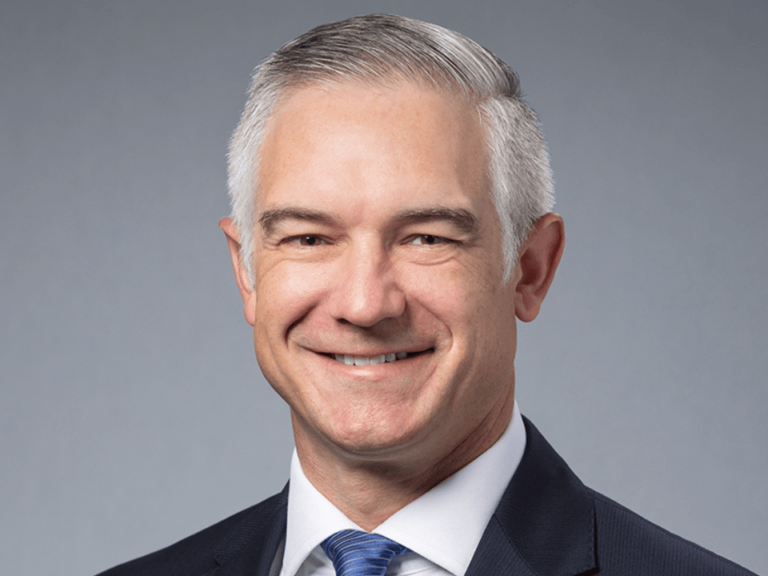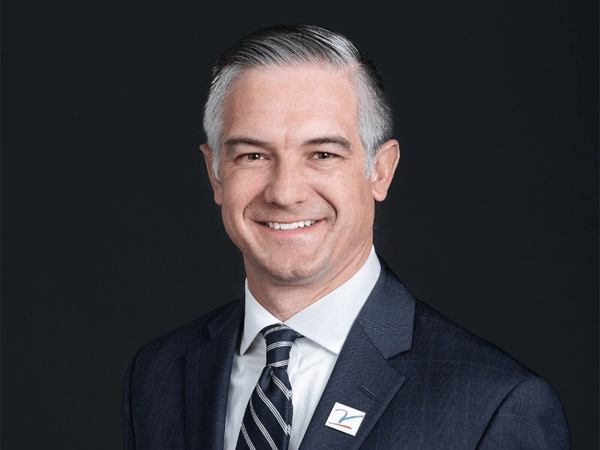

2023 marks the 110th anniversary of the founding of the American Cancer Society.
Several articles in the Cancer History Project explore the history of ACS.
The following is an excerpt of an article by the American Cancer Society, published in the Cancer History Project:
The year was 1913. At that time, a cancer diagnosis meant near-certain death for patients, and the word “cancer” was often met with fear or denial.
That reality is what prompted the creation of a group that would draft a plan for a comprehensive cancer education program. A group of advocates, 10 doctors and five laypeople, held an organizational meeting in May 1913 at the Harvard Club in New York City. That meeting launched the creation of the American Society for the Control of Cancer (ASCC), the organization that would one day become the American Cancer Society.
In an effort to raise public awareness and de-mystify information surrounding cancer, the group began writing a string of articles for popular magazines and professional journals, including the organization’s first article on cancer published in the popular women’s magazine, the Ladies’ Home Journal. The group also published Campaign Notes, a monthly bulletin of cancer information, and recruited doctors across the country in an effort to help educate the public.
It was during those early years the leaders of ASCC recognized the need for a symbol to represent their cause. In 1928, a nationwide poster contest sponsored by the ASCC and the New York City Cancer Committee was underway. Brooklyn resident George E. Durant submitted The Sword of Hope, a visual used to express the crusading spirit of the cancer control movement. The twin-serpent caduceus, which forms the handle of the sword, emphasizes the medical and scientific nature of society’s work. Classically, twined serpents represent healing of the sick and creativity of the healthy.
Just as the world transformed over the ensuing years, so did the American Cancer Society’s flagship symbol. Years later, the logo was redesigned with a trapezoidal shape with an angled edge to suggest forward movement, aspiration, and growth. In 2022, the organization recognized a need for another evolution – unveiling a new, refreshed logo that remains the symbol of hope the organization’s founders envisioned more than a century ago.
“American Cancer Society Marks 110th Year” is available in the Cancer History Project.
From the archives
Learn more about the history of ACS from the Cancer History Project archives:
A Look Back at the Great American Smokeout
American Cancer Society, Nov. 15, 2022
Despite Hammond and Horn’s findings, smoking remained common among American men for several more decades. To help combat this trend, ACS launched the Great American Smokeout, which has caused a dramatic shift in Americans’ attitudes about tobacco use.
In 1974, Lynn R. Smith, the editor of the Monticello Times in Minnesota, spearheaded the state’s first Don’t Smoke Day, or “D-Day”. Smith’s event sparked the idea for the American Cancer Society’s own campaign. On November 18, 1976, the California Division of ACS successfully helped nearly 1 million people quit smoking for the day, marking the first official Great American Smokeout. By 1977, ACS had made the Smokeout a national event, providing valuable information and resources that have led to significant changes in views and the enactment of lifesaving legislature and smoke-free laws.
The history of Relay For Life
American Cancer Society, April 13, 2023
In the early 1980s, Dr. Gordy Klatt, a colorectal surgeon in Tacoma, Washington, was brainstorming new ways to raise funds for the American Cancer Society and help further the organization’s mission. Dr. Klatt was already a volunteer and held a leadership position on the local board for several years. He needed an idea that would be attention-grabbing.
That’s when it came to him. What if he could leverage something he loved – running marathons – to raise money and bring awareness to help stop the endless pain, suffering and loss due to cancer?
Guest Editorial: As ACS Turns 100, Society President Calls For Tools To Finish the Fight Against Cancer
By Vincent T. DeVita, Jr, May 17, 2013
For more than 50 years, I’ve had the privilege of working at some of the finest institutions with some of the brightest people of our time, all dedicated to furthering cancer research. My career has taken me from universities such as the University of Michigan and George Washington, to the National Cancer Institute, Memorial Sloan-Kettering, and today to Yale—its cancer center and the university.
I’ve worked during a remarkable time in the history of the fight against cancer; a time that has given us greater advances—and more lives saved— than we ever thought possible. It’s a time that has taught us much of what we need to know, and has already given us many of the tools we need to one day finish the fight.
For more than four decades of my career, I’ve been involved with the nation’s largest voluntary health organization—the American Cancer Society. I am serving as the volunteer president of the organization in the year it celebrates its 100th birthday.
Being around for half of that century allows me the perspective to look at how far we have come today, and how much further we can go tomorrow. And I believe tomorrow holds nearly limitless possibilities.
Cancer Program Advocate Mary Lasker, 93, Prodded Government, Scientists For Cures
The Cancer Letter, March 4, 1994
Besides being regal in manner, Mary Woodard Lasker, who died last week at 93, undertook benevolent projects on a scale fit for royalty:
- In 1943, Mrs. Lasker and husband, advertising mogul Albert Lasker, launched a campaign that in effect created the American Cancer Society on the foundation of an organization of physicians many of whom were reluctant to take up the cause of cancer research.
- Having created a mammoth voluntary organization, the Laskers forced into lobbying for increasing federal funding of research. This led to an unprecedented boost in funding of National Institutes of Health. Subsequently, Mrs. Lasker’s lobbying led to the enactment of the 1971 National Cancer Act and subsequent increases in funding for the cancer program.
- The Laskers also established an award whose recipients frequently go on to win the Nobel Prize. Altogether, 51 scientists who won the Lasker award became Nobel laureates.
The Cancer History Project has also highlighted two biographies of Mary Lasker:
- “Crusade to Heal America: The Remarkable Life of Mary Lasker” by Judith L. Pearson
Pearson appeared on the Cancer History Project podcast. The book is available as an excerpt.
- “Angel in Mink, The Story of Mary Lasker’s Crusade for Medical Research and The National Institutes of Health,” by Shirley Haley, published by ACT for NIH.
The book is available for download as an ebook, and photos from this book are available in a photo archive.
This column features the latest posts to the Cancer History Project by our growing list of contributors.
The Cancer History Project is a free, web-based, collaborative resource intended to mark the 50th anniversary of the National Cancer Act and designed to continue in perpetuity. The objective is to assemble a robust collection of historical documents and make them freely available.
Access to the Cancer History Project is open to the public at CancerHistoryProject.com. You can also follow us on Twitter at @CancerHistProj, or follow our podcast.
Is your institution a contributor to the Cancer History Project? Eligible institutions include cancer centers, advocacy groups, professional societies, pharmaceutical companies, and key organizations in oncology.
To apply to become a contributor, please contact admin@cancerhistoryproject.com.












